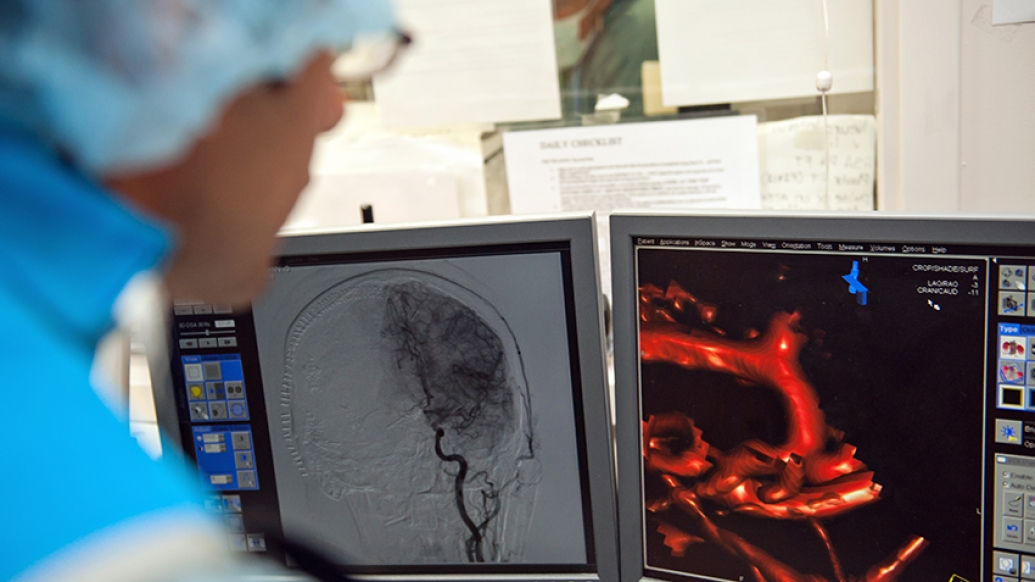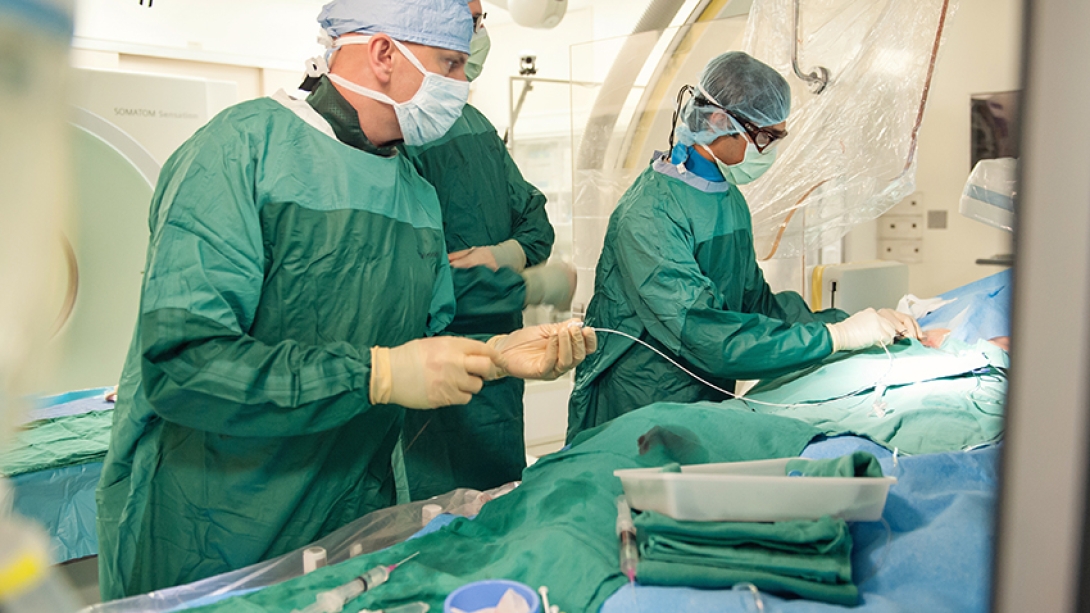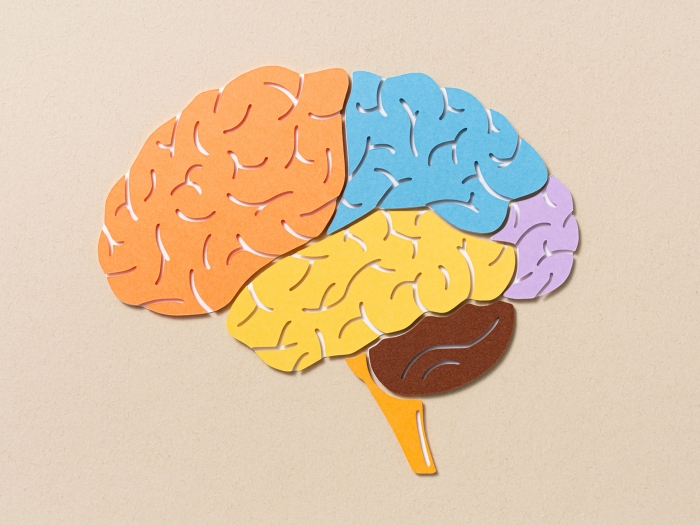In a new study, researchers report people who have experienced an aneurysm have another reason to quit smoking.
7:00 AM
Author |

A history of smoking significantly increases the chance that survivors will experience recurrence of a brain aneurysm, according to a University of Michigan study.
MORE FROM THE LAB: Subscribe to our weekly newsletter
Researchers say it's a serious reminder about the importance of smoking cessation, especially for patients who undergo endovascular aneurysm treatment.
"There was an almost threefold increase of aneurysm recurrence for smokers," says senior author B. Gregory Thompson, M.D., a neurosurgeon at Michigan Medicine. "We must make a much more profound attempt to convince patients they have to stop smoking."
The researchers studied 247 patients who experienced 296 cerebral aneurysms, separating them into groups: current, former and never smokers. They recently published their results in the Journal of Neurosurgery.
Former and current smokers had a recurrence rate of 26.3 percent, and accounted for 232 of the 296 aneurysms documented in this study. Never smokers, on the other hand, experienced a recurrence rate of 17.2 percent, accounting for the remaining 64 aneurysms. All subjects had undergone endovascular treatment.
We didn't know that after endovascular treatment the risk of recurrence of an aneurysm is as clearly related to smoking as we've shown in this study.B. Gregory Thompson, M.D.
Patients who won't quit
The researchers acknowledge some patients simply won't quit smoking, despite a clinician's best efforts to educate them about the importance of tobacco cessation for improving clinical outcomes after brain aneurysm.
Pandey says, "This finding that tobacco use, whether in the past or in the present, leads to a higher incidence of recurrence of coiled aneurysms tells us that these are the patients that need further follow up to make sure we're not missing recurrence."
If all other factors are equal, Thompson says some clinicians might favor microsurgery for current smokers who do not plan to stop because of the comparative lack of durability with endovascular treatment. But many other factors must be considered, including age, comorbidities, size and angioarchitecture of the aneurysm and patient preferences.

Risk factors
"We already know that smoking increases the development, growth and risk of rupture of aneurysms," says Thompson, the John E. McGillicuddy Collegiate Professor of Neurosurgery. "We didn't know that after endovascular treatment the risk of recurrence of an aneurysm is as clearly related to smoking as we've shown in this study."
Scientists still don't know exactly why tobacco use leads to an initial aneurysm, but have established some theories. U-M researchers say smoking might affect how well an aneurysm is obliterated in the first place, or may impede the healing process.
Known risk factors for recurrence include aneurysm size and the extent of obliteration.
All patients in this study had endovascular treatment, an increasingly popular option though it has less durability than traditional surgery, Thompson says. Michigan Medicine physicians now employ catheter-based treatment for around 60 to 65 percent of patients while the rest receive traditional microsurgery.
"Endovascular options for aneurysm treatment avoid open brain surgery, retraction on the brain and surgical site infections, and thus are favored over a microsurgical option when the coiling method can be employed safely," says Pandey, who is also associate professor of neurosurgery and radiology.
Future studies
Thompson says he'd like to further investigate the effect of quitting smoking on aneurysm recurrence. A future paper might explore whether subjects who recently quit smoking had a similar recurrence rate to those who quit many years ago, he says.
"We thought former smokers would have an intermediate risk of aneurysm recurrence, when in fact they didn't," Thompson says.
The study reports former smokers, who had quit at any time, had a 23.8 percent rate of recurrence, lower than current smokers' rate of 28.4 percent. But both groups are higher than never smokers, with a recurrence rate of 17.2 percent.
Another topic Thompson plans to explore is whether prolonged use of antiplatelet therapy after treatment, which makes endovascular tools safe to use, might reduce the obliteration rate.

Explore a variety of health care news & stories by visiting the Health Lab home page for more articles.

Department of Communication at Michigan Medicine
Want top health & research news weekly? Sign up for Health Lab’s newsletters today!





